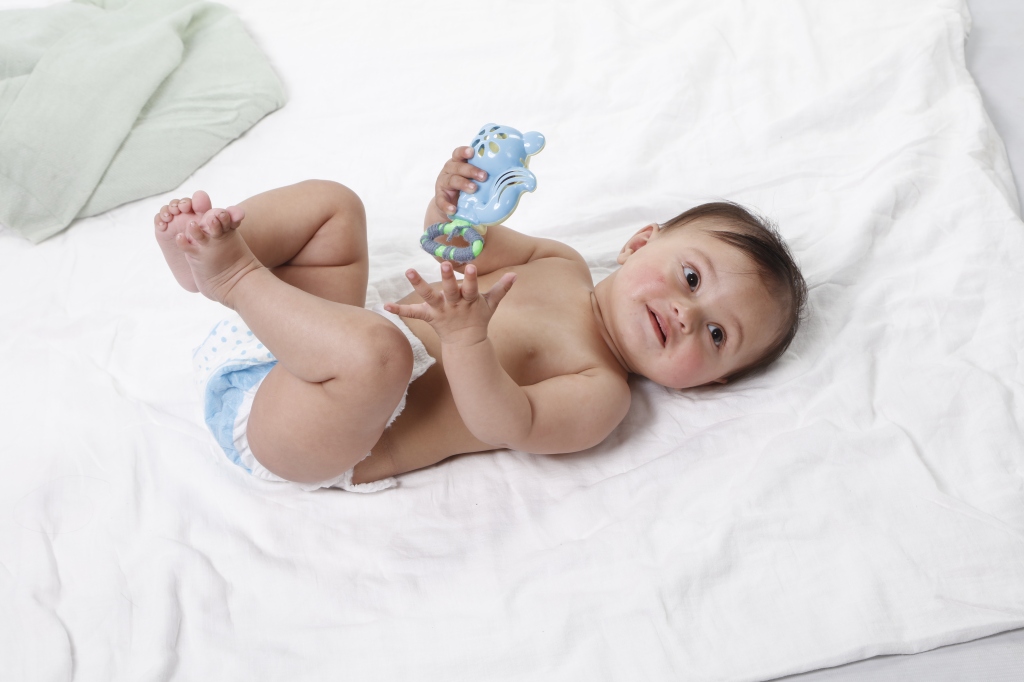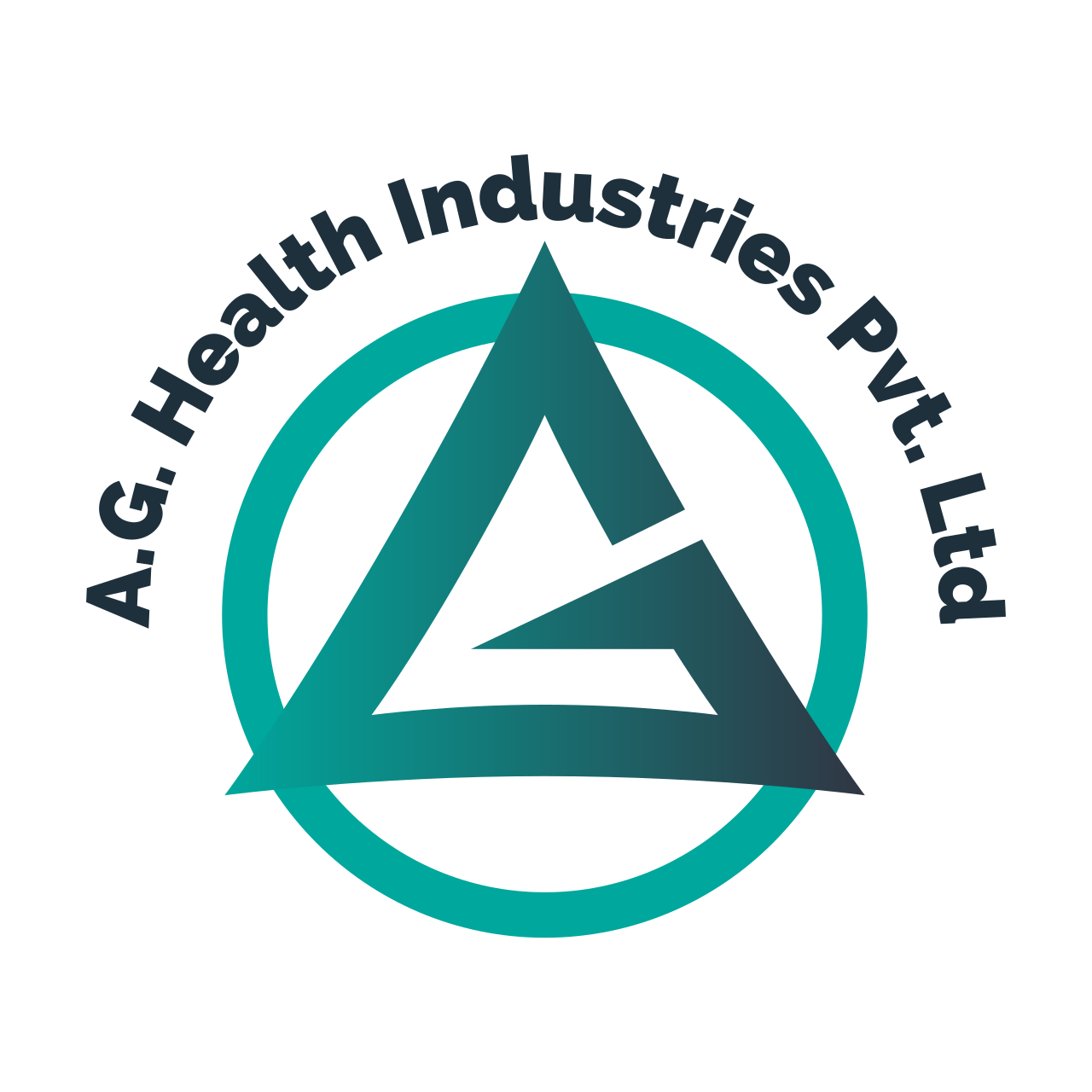Typically caused by either irritation to the skin or yeast, diaper rashes are very common in babies between 4 and 15 months old. A stubborn diaper rash that refuses to go away despite typical treatment with diaper rash cream may actually be a yeast infection. Here’s how to spot telltale symptoms, as well as how to treat it.

Causes
Diaper rashes that are caused by infection with a yeast (fungus) called Candida can happen to any child. Candida grows best in warm, moist places, so under a diaper is a perfect environment for it.
There are several factors that may increase your infant’s risk of developing this type of diaper rash. These include:
- Not being kept clean and dry
- Having had an untreated diaper rash for two days or more, which can turn into a secondary yeast infection
- Your baby is taking antibiotics or you’re breastfeeding and on antibiotics, which pass through your breast milk
- Having frequent stools or diarrhea
- Having had thrush, a yeast infection in the mouth
- Wearing too-tight diapers that rub the skin
Symptoms
Take a peek under your baby’s diaper. If it’s a yeast diaper rash, you may see some or all of the following symptoms:
- The dark red rash has a slightly raised, distinct border.
- There may be small red bumps or pimples outside the border.
- The skin may be raw, tender, and weepy, but when pustules or pimples burst, it may become scaly and flaky.
- The rash is still hanging around after two or three days of diaper rash treatments.
- The infection is in the skin folds of the groin area.
Home Treatment
📷
If your baby has a yeast infection, she may not necessarily need to see a doctor right away. Yeast diaper rash may be nipped in the bud by taking steps to keep your baby’s skin clean and dry under the diaper, such as:
- Give your baby some time out of his diaper so his skin can have a break. Place him on a towel without a diaper (or any creams or ointments) several times throughout the day for as long as possible.
- Make sure your baby’s skin is completely dry before putting a clean diaper on. You can either pat it gently with a towel or let it air dry.
- Once the skin is dry, use a barrier ointment such as petroleum jelly or an over-the-counter ointment that contains zinc oxide. This will help protect your baby’s skin.
- Change your baby’s diaper every two or three hours and as soon as it gets wet or soiled.
- If you’re using cloth diapers, consider using breathable disposable diapers while the infection heals.
- Keep diapers loose for a while so there’s air flow around the area. One way to do this is to put her in the next size up until the rash has gone away.
- Skip the wipes when your baby has a rash since the ingredients in them can sting the sensitive skin. Instead, use a soft washcloth, wet cotton balls, or warm water.
- Don’t use talcum powder or cornstarch in your baby’s diaper. It can get into his lungs and it can also actually make the infection worse.
- Give her a bath every day while she has the yeast infection to help keep her skin clean.
- Make sure to wash your hands after every diaper change to reduce the chances of spreading the infection to other people or to other parts of your baby’s body.
- If you use cloth diapers, make sure you’re washing them with a gentle soap that doesn’t irritate your baby’s skin and that they’re rinsed well. Never use dryer sheets or fabric softeners on cloth diapers because the chemicals and fragrances in these can make any existing rash worse or cause a new one.
You may also treat the yeast infection with over-the-counter yeast infection treatments and antifungals like Mycostatin (nystatin), Monistat (miconazole), and Lotrimin (clotrimazole), applying them three times a day to the affected area underneath the barrier ointment. Using a thin layer of a mild over-the-counter corticosteroid cream like hydrocortisone may help if the infection is severe too.
When to Contact Your Doctor
If it’s your first time treating your baby for a yeast infection, you may want to talk to your doctor or nurse first to see what they recommend.
If your baby develops a fever or the rash begins oozing or has open sores, be sure to reach out to your health provider. This could be a sign of a bacterial infection that requires medical attention and possibly an antibiotic.
Other reasons to call your doctor include:
- Your baby is less than 6 weeks old
- The rash isn’t going away or gets worse
- The rash spreads to your baby’s abdomen, back, arms, or face
- You notice signs of infection such as lesions, blisters, or large sores that are filled with pus
If you do need to go in for a visit, your doctor will usually diagnose the rash as a yeast diaper rash just by looking at it. He or she can further confirm this by doing a KOH test, which uses a microscope on a sample of skin to see whether the typical Candida yeast is present.

Leave a comment